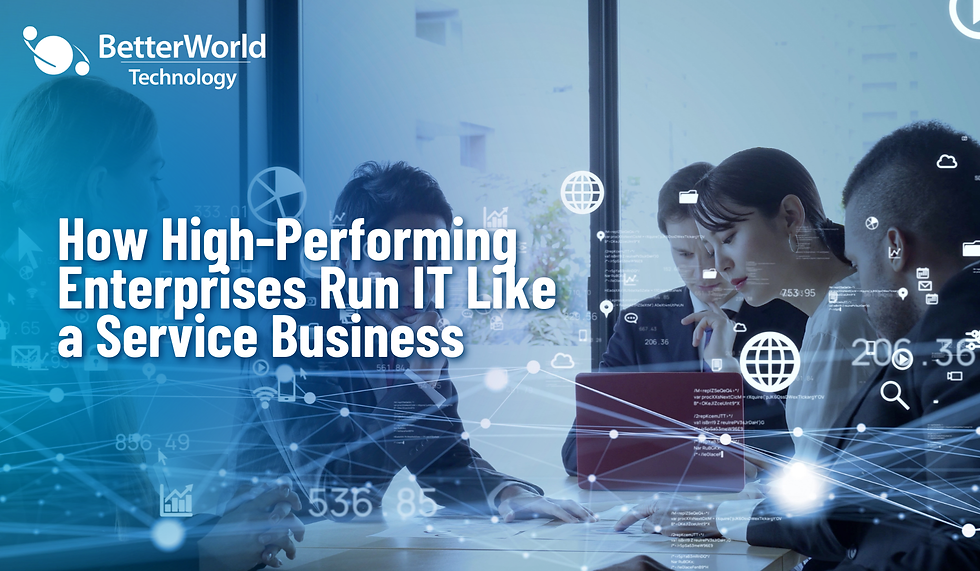Governance, Risk & Compliance: GRC Strategy Considerations
- John Jordan

- Jun 26
- 2 min read
When it comes to strong GRC programs, organizing the right people, policies, and technologies is key. Teams must unite to work toward the common goal of protecting the organization from risk. Insight helps teams understand how they can work together to create manageable, measurable, and repeatable processes. This article will explain what is needed for a strong GRC program.
What is GRC?
GRC stands for Governance, Risk, and Compliance. It's basically a way to put all the rules and regulations into a framework. This framework helps you manage risks and cybersecurity efforts. It helps you set up a good security plan.
Why a Strong GRC Strategy Matters
A weak GRC strategy can cause problems. You might not have good records of how you handle information security. But a strong GRC strategy makes things run smoother. It helps with technical controls, like deciding what products to buy. It's about using your IT money wisely and reducing risks. All the good things you want in a security program are measured and planned using a GRC strategy.
There are real financial benefits to following a GRC strategy. For example, if you know where your security gaps are, you won't spend money on things you don't need. You can focus on fixing the actual problems. Nobody pays you just for being compliant, but you will save money on other things if you are compliant.
The Role of People, Policies, and Technology
People are important because they create the policies that technology then puts into action. So, you need the right people. They should have the right mindset, skills, and experience. These people will create and make sure policies are followed for things like:
Identity and access management
Data protection
Business continuity
Disaster recovery
Then, you need the right technology to make sure these strong policies are actually used. This includes things like multi-factor authentication and endpoint protection. For anything in the cloud or on-demand computing, there are different technical controls that apply. Bringing all these parts together makes a GRC framework that is manageable, measurable, and repeatable.
Key Takeaways
People: Need the right mindset, skills, and experience to create and enforce policies.
Policies: Define how identity, data, and business operations are protected.
Technology: Enforces policies through tools like multi-factor authentication and endpoint protection.
Working Together for a Common Goal
Sometimes, different departments don't work well together. It's like when fire departments in different towns don't help each other, even if they're in the same area. This can happen in companies too. HR might not talk to IT, or IT might not talk to the compliance people. Everyone has their own little area.
One of the challenges is building bridges between these different teams. This helps them see the bigger picture. It helps them work towards the common goal of making everything better. When everyone works together, it makes the whole organization stronger and more secure.







